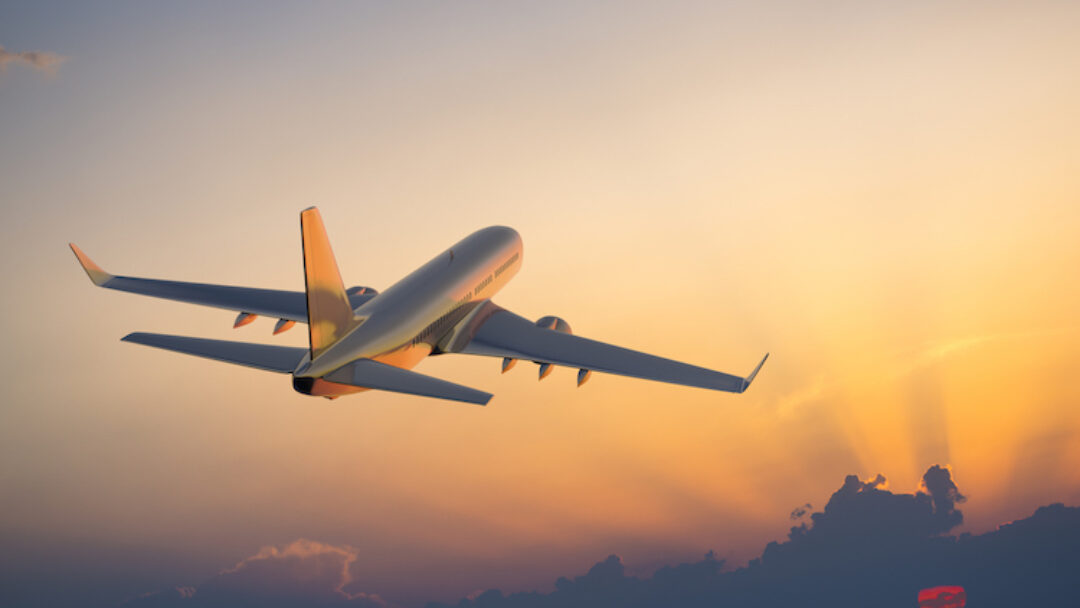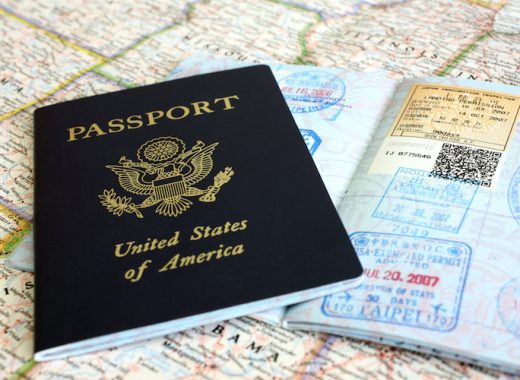The National Transportation Safety Board (NTSB) recently released a report that has sent shockwaves through the aviation industry. The report paints a grim picture of the current state of air safety.
Overview of the current state of air safety
Air travel has long been considered one of the safest modes of transportation. However, the NTSB report highlights a worrying trend of declining safety standards in recent years. The report reveals an increase in accidents, near misses, and other safety incidents, suggesting that the aviation industry is facing significant challenges. This is a cause for concern the millions of people who rely on air travel for business or leisure purposes.
Key findings from the NTSB report
The NTSB report identifies several key findings that highlight the strained state of air safety. One of the main concerns is the inadequate maintenance and inspection practices in the industry. The report reveals instances of poorly maintained aircraft, leading to mechanical failures and potential disasters. Additionally, the report raises concerns about pilot fatigue and inadequate training, which can compromise the safety of flights. These findings emphasize the urgent need for robust safety measures and stricter regulations.
The contributing factors to the strained state of air safety
The NTSB report attributes the strained state of air safety to a combination of factors. One of the primary factors is the growing pressure on airlines to meet increasing demand for air travel. In an effort to maximize profits, some airlines may compromise safety protocols, leading to potential risks. Moreover, the report highlights the impact of outdated infrastructure and air traffic control systems, which can lead to congestion and confusion in the skies. These contributing factors highlight the need for a comprehensive overhaul of the industry’s safety practices.
Impact on passengers and the aviation industry
The strained state of air safety has far-reaching implications for both passengers and the aviation industry. Passengers are understandably concerned about their safety when stepping on board an aircraft. The NTSB report’s findings may erode the trust that passengers have in the aviation industry, leading to a decline in air travel. This, in turn, can have a significant impact on the aviation industry, with airlines experiencing financial losses and reduced customer confidence. It is crucial for the industry to address these concerns and restore faith in air travel.
Steps taken by the NTSB and the FAA to address the issues
Recognizing the gravity of the situation, the NTSB and the Federal Aviation Administration (FAA) have taken steps to address the issues identified in the report. The NTSB has called for stricter regulations and increased oversight, focusing on areas such as maintenance practices, pilot training, and air traffic control systems. The FAA, on the other hand, has initiated programs to enhance safety culture within airlines and improve communication between pilots and air traffic controllers. These collaborative efforts aim to restore confidence in the industry and ensure safer skies for all.
The role of technology in improving air safety
Technology plays a crucial role in improving air safety. The NTSB report emphasizes the need for advanced safety systems and modernization of aircraft and infrastructure. The aviation industry has made significant strides in this regard, with the introduction of technologies such as collision avoidance systems, enhanced navigation tools, and improved communication networks. These advancements have the potential to greatly enhance the safety of air travel and mitigate the risks highlighted in the NTSB report.
The importance of transparency and accountability in the aviation industry
Transparency and accountability are fundamental pillars of a safe and reliable aviation industry. The NTSB report highlights the need for increased transparency in reporting safety incidents and sharing lessons learned. It also emphasizes the importance of holding all stakeholders accountable for their actions or lack thereof. By fostering a culture of transparency and accountability, the industry can learn from past mistakes and work towards continuous improvement in air safety.
Recommendations for passengers to ensure their safety
While the responsibility for air safety primarily lies with the aviation industry, passengers also play a role in ensuring their own safety. The NTSB report offers some recommendations for passengers to consider. First, passengers are encouraged to research and choose airlines with a strong safety record. Additionally, it is crucial to follow all safety instructions provided by the cabin crew and to report any safety concerns promptly. By being informed passengers can contribute to a safer flying experience.
The road ahead for air safety and the need for continuous improvement
The NTSB’s alarming report on the strained state of air safety serves as a wake-up call for the aviation industry. It highlights the urgent need for comprehensive and coordinated efforts to address the issues identified. By prioritizing safety over profit and investing in modern technologies and infrastructure, the industry can restore confidence and ensure safer skies for all. As passengers, we must remain informed and actively participate in efforts to improve air safety. Only through collective action and a commitment to continuous improvement can we navigate the turbulence and secure a safer future for air travel.








